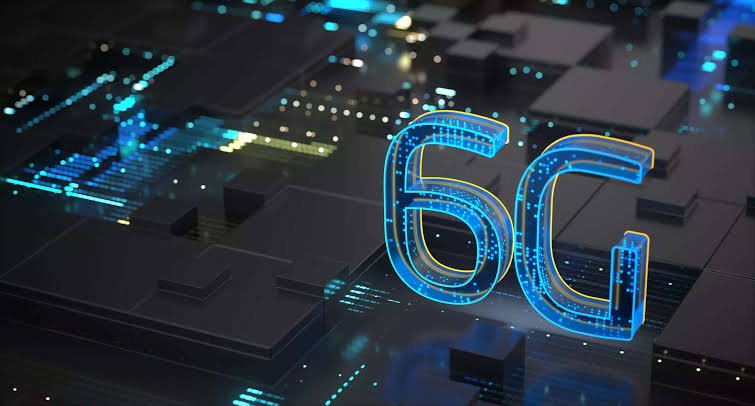Talk of “6G” has moved from whitepapers and lab demos into mainstream headlines in 2025. But what does that actually mean for you — the developer, operator, or everyday user wondering whether the next wireless revolution is around the corner? This article breaks down where 6G stands today, the technical milestones we’re seeing, who’s leading the work, and what practical hurdles remain.

Where the timeline really is
Briefly: commercial 6G is not currently available, and widespread commercial deployments are yet to come at the end of this decade. The work has been framed by the International Telecommunication Union (ITU) and standards groups as IMT-2030, towards specifications and ecosystem maturity by 2030. To ensure that standards and early deployments occur on time, national labs, vendors and carriers are putting increased efforts in research and trials faster than ever.
What “progress” looks like in 2025
Assuming you count 6G Progress by breakthroughs and demonstrations and not by consumer products, 2025 is on the go:
- Events such as MWC 2025 featured demonstrations by major vendors and research consortia which displayed architecture concepts (integrated sensing and communication, photonic radios, cell-free topologies) and platform prototypes, not finished networks.
- Labs achieved significant radio milestones: such as sub-terahertz / terahertz experiments have demonstrated multi-100 Gbps links in controlled experiments – a technical point of proof that higher-frequency regimes would support orders-of-magnitude capacity improvements in the event that propagation and equipment challenges are met. (Keysight).
- The work on standardization entered a formal study phase in industry organizations (3GPP and ITU work streams), that is, technical requirements and evaluation techniques are being specified in earnest. It is the basis required before any vendor can boast of a compliant 6G product.
Who’s pushing hardest right now
There is a competition into being a global player. Heavy national programs and university-industry alliances are financed in China, South Korea, Japan, the U.S and EU members. This research area encompasses research and development of terahertz devices and photonic integration and satellite-terrestrial convergence testbeds and cell-free distributed radio prototypes. These national projects hasten technical preparedness and contribute towards the creation of local supply chains. (anz.peoplemattersglobal.com)
The practical hurdles that still matter
- Technological advancement in paper and lab does not translate to deployable networks. The critical issues that would still exist in 2025 are:
- Spectrum & propagation: Terahertz bands are capacity promising, but short-range with high atmospheric loss. That makes various cell planning and densification strategies (and new regulatory work) necessary.
- Hardware and RF: Terahertz transmitters and receivers (and small NPUs/accelerators to run AI on the device) remain low cost and immature; the network will reach much higher speeds than mass markets have access to handsets.
- Power, cooling and cost: Data rates and processing requirements are growing, requiring power; designers have to focus on performance and battery life and device thermals.
- Standards and interoperability: Standards and specification standardization phases are indispensable, and without harmonised specifications deployments would be sporadic and slow to adoption.
What users and businesses should expect (and do)
To the majority of consumers in 2025, the most rational decision is to purchase a 5G phone and utilize better 5G Advanced services. The 6G Progress being developed is however important due to the fact that:
- It will make it possible to mature new classes of applications (ubiquitous sensing, ultra-low latency distributed AI, seamless satellite-terrestrial connectivity) when they are developed.
- Businesses and applications developing future-compatible services must monitor terahertz demonstrations, network-edge AI systems, and standard progressions in order to test with compatible stacks today (hybrid cloud/device AI frameworks, edge compute integration).
- Industries (health, transport, manufacturing) will be required to provide input on the use cases and spectrum policy so regulators and operators can give priority to the use cases and spectrum policy – follow national initiatives in case your industry is in search of ultra-reliable low-latency or massive sensor aggregation.
Bottom line
Yes — 6G is advancing steadily in 2025, but it’s still primarily a research, standards and prototype phase. Demos (especially terahertz throughput records) and formal standard study items show meaningful momentum, yet real networks and consumer devices will come later, closer to 2030. If your concern is “should I wait to upgrade today?” the answer remains no for most people — 5G and 5G-Advanced will serve consumers well for the next few years while 6G research matures.




